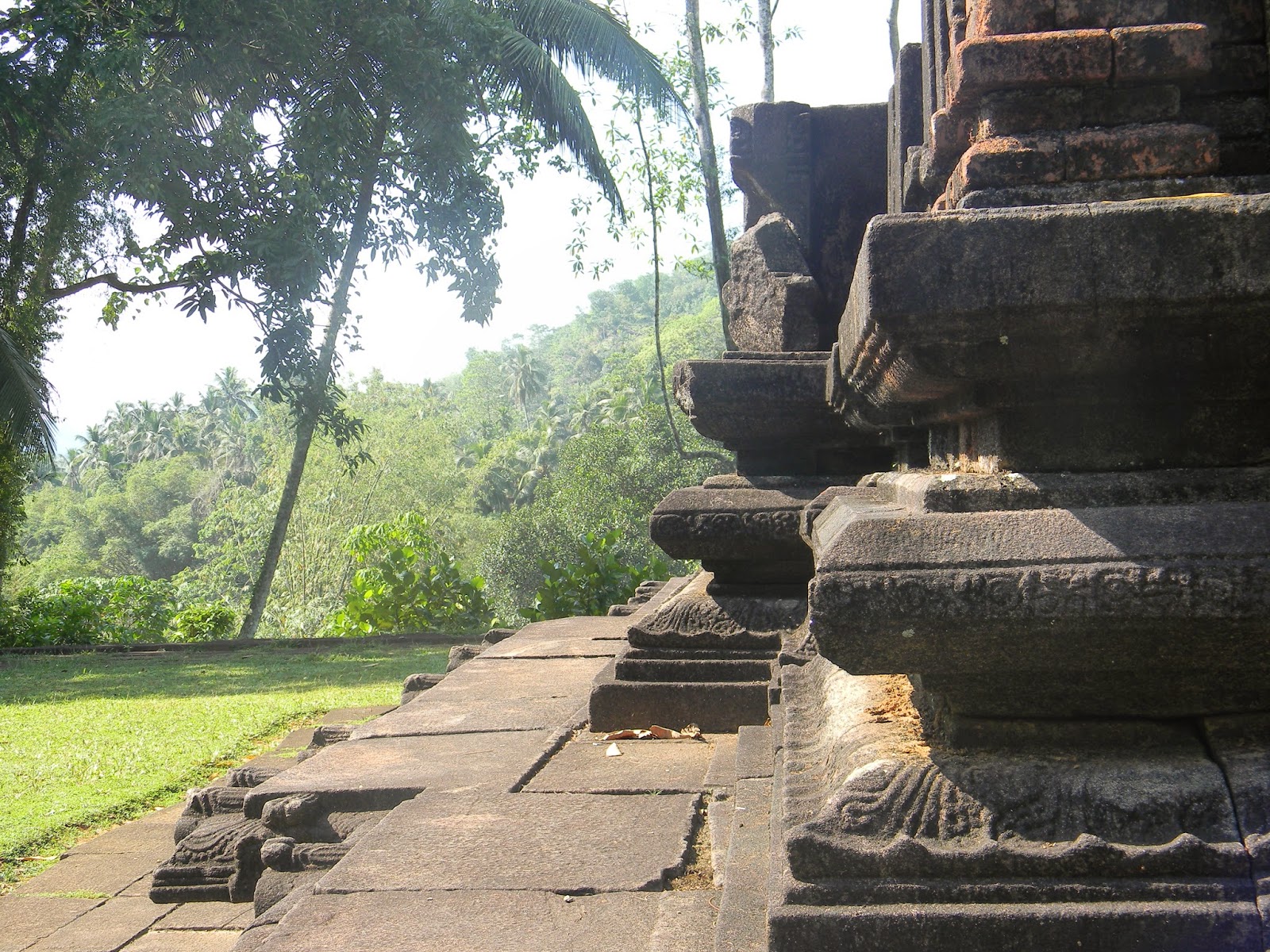Sri Lankan Leopard
The Leopard is Sri Lanka’s apex predator and the only big cat
to be found on the island. Extremely adaptable, the Sri Lankan Leopard is an
endemic subspecies. Large black rosettes on a yellowish or tan coat, together
with its large size make this an easily identifiable cat. They feed on variety
of prey including but not limited to axis and barking deer, sambhur, wild boar,
water buffalo, primates and porcupine.
Distribution: Throughout Sri Lanka excepting the highly
populated western area of the Western Province.
Status: Highly endangered.
Fishing Cat
The second largest cat of the wildcats of Sri Lanka, it is
the size of a pariah dog. It has black spots in a parallel stripe-like
formation on a grayish body. Five black stripes on its forehead and a
relatively short tail with black markings distinguish this cat. With partially
webbed feet they are good swimmers and are often found but not restricted to
wetlands, where they feed on fish, crustaceans, small reptiles and mammals.
These hardy cats have been known to prey on domestic livestock as well.
Distribution: Throughout Sri Lanka, Northeastern India,
Southeast Asia and small populations on the Indonesian island of Java.
Status: Endangered.
Jungle Cat
The size of a large house cat, with a pale brown colouring, its
distinguishing feature is its tufted ears.
It is long limbed with a short tail. Not much is known of this cat in
Sri Lanka but it is thought to be a good climber and is found in forest areas
with dense cover and riverine habitats. Although small prey forms its diet it
is strong enough to bring down an axis dear fawn.
Distribution: Found throughout Sri Lanka. Internationally it
has a wide but patchy distribution from Egypt to south west Asia to Central and
tropical Asia; the Caspian region and the Caucuses of Europe.
Status: Near threatened (National Conservation Status) Least
Concern (Global Conservation Status)
Rusty Spotted Cat.
The smallest of the wildcats, it is the size of a small
domestic cat. It has a rust coloured faintly spotted body with four forehead
stripes with distinct striping on the legs, especially on the undersides. The
tail is faintly marked with rings. It lives in a variety of habitats including
dry scrub forest and most forests and is nocturnal. It is thought that small
rodents make up a significant part of its diet.
Distribution: Present in pockets throughout Sri Lanka and
India.
Status: Endangered (National Conservation Status) Vulnerable
(Global Conservation Status)
Images
Sri Lankan Leopard
Fishing Cat
Jungle Cat
Rusty Spotted Cat



_3.jpg)







.JPG)






































